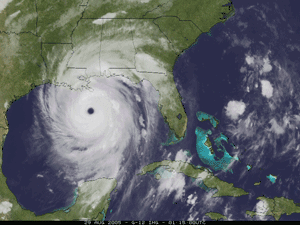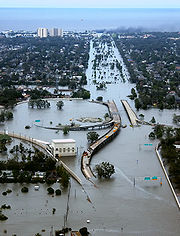Related Links
Internal Related Pages
August 25
August 28
August 29
August 30
August 31
September 2
2005
External Resources For More Further Reading and Video Links To News Stories
Hurricane Katrina non-profit project to assist Hurricane Katrina survivors
Hurricane Katrina
CNN Hurricane Katrina Including Then and Now and Survivor Stories
CNN Katrina
BBC Katrina Home Page providing links to Over 50 News Items Related To Katrina
BBC Katrina
Wikipedia Home Page For Hurricane Katrina
Wikipedia Katrina


100 years of price Change

We spent many hours researching cost of living information for each year and I created this page after being asked a number of times about why I did not include current prices alongside our cost of living information for each year and thought this was the easiest way to make the information available. includes Average Cost Of New Home, Average Wages, New Car cost, Gallon Of Gas and a 1lb Hamburger Meat, 1920 to 2023


